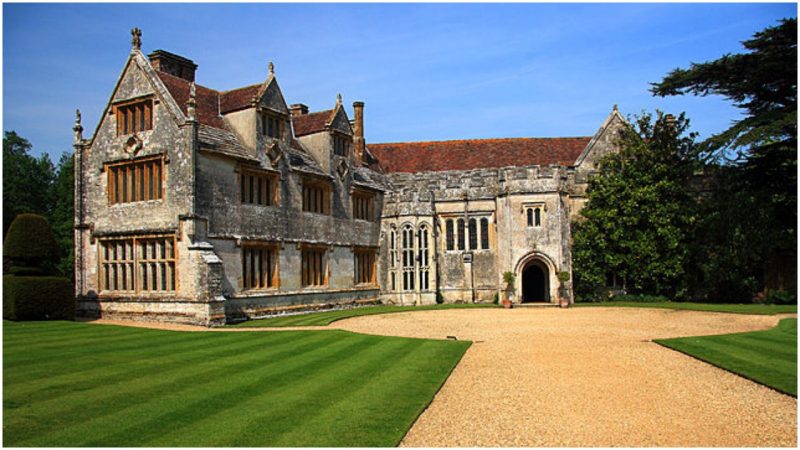Historic houses are a common sight in the English county of Dorset. One in particular situated near the picturesque town of Dorchester is among the best preserved medieval houses in all of England. Athelhampton House is a perfect example of an English manor house built in early-Tudor architectural style.
The house is named after Aethelric, a Saxon who is known as the first to have built his home on the property. Unfortunately, there are no remains of the original house. The one that stands on the property today dates back to the 15th century. Its construction was begun by Sir William Martyn in 1485.
Martyn is responsible for creating the remarkable Great Hall, which today is the highlight of the house, the solar, the buttery. He was even allowed to form a deer park. The following years, the Martyn family improved and extended the manor house. A gatehouse was built, followed by the bedrooms and the dining room incorporated in the newly constructed west wing.
However, after Nicholas Martyn died in 1598 without leaving male heirs, his four daughters inherited the manor house, which was equally divided into four parts. Each part had its own owner, and some were even sold several times until 1848 when they were all finally reunited.
Pieces of the original medieval furniture can still be seen in the interior. Elizabethan carved panels, ornate ceilings, and impressive artwork decorate the rooms, as in Tudor times. Among the precious pieces of art is The Adoration of the Magi, painted circa 1520 by an unknown Flemish artist.
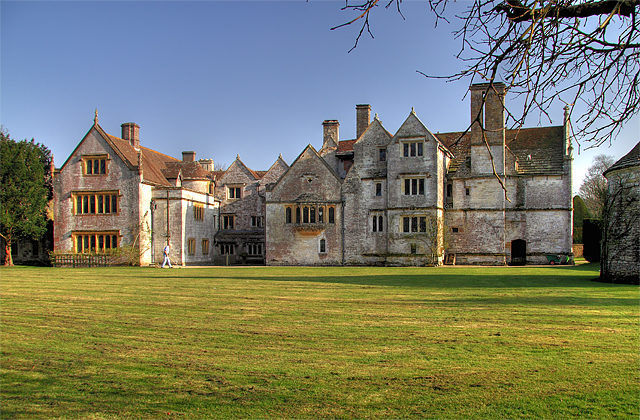
In 1891, Alfred Cart de Lafontaine purchased and restored the manor house. However, he is most remembered for creating the beautiful gardens around the house, influenced by the Arts and Crafts movement. For the purpose, he commissioned the prominent garden designers Reginald Blomfield and Inigo Thomas. Their designs were approved by Lafontaine and today are listed as grade I garden in England.
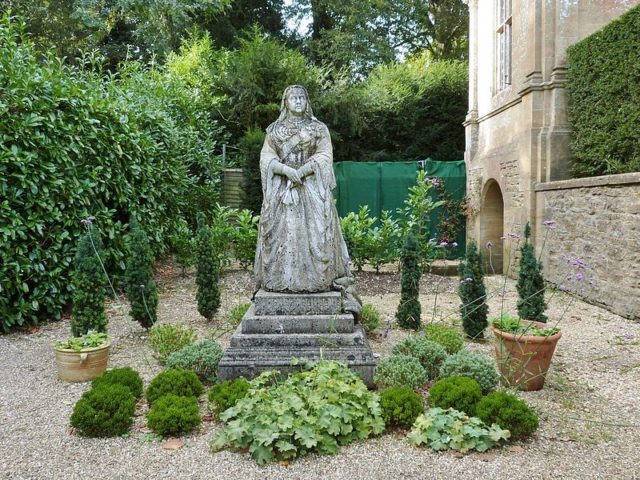
The garden is planted with many colorful flowers, including lilies, roses, tulips, and magnolias, as well as rare plants and trees. It has beautiful fountains but the instantly recognizable element is the 12-pyramidal topiary. An interesting fact is that Thomas Hardy’s father worked on the manor house during the restoration. Thomas Hardy himself often visited the manor house and even included it in his poem The Dame of Athelhall. Later in his life, he would write in his diary that he remembered having dinner at the manor house when World War I was announced.
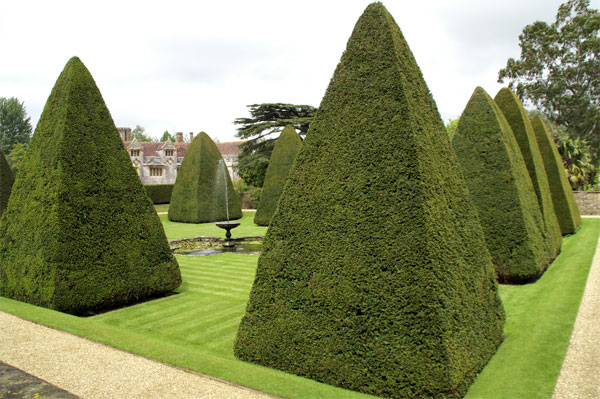
Due to financial problems, Lafontaine had to sell the house, and the new owner was Mrs. Esmond Harmsworth. She hosted many parties in the manor house and her guest list included celebrities such as Douglas Fairbanks, Aly Khan, Noel Coward, and many others. Then in 1948, Rodney Philips and his wife Marika bought and moved into the house. Marika was the daughter of the Russian artist Marie Vorobieff, known as Marevna and the painter Diego Rivera, the husband of Frida Kahlo. Her mother also moved in the house at the age of 56. The manor house celebrates Marevna’s work and 30 of her paintings are on display in the art gallery that is situated in the west wing. Among them are portraits and a painting of the world famous topiary pyramids.
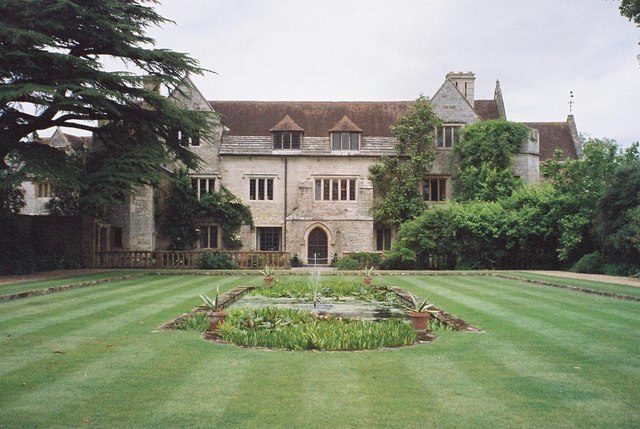
In 1957, the manor house was purchased by Robert Victor Cooke and today it is in the ownership of his grandson. Athelhampton House is also famous for being among the most haunted houses in England. People have reported seeing a ghost of a woman nicknamed the Grey Lady, a dark silhouette of what is believed to be the ghost of a monk, and the most famous ghost: an ape.
The poor animal was buried by accident in a secret passage located behind the Great Chamber, and although no one has actually seen him, people hear him in his desperate attempts to escape. The stories with ghosts from the past don’t stop here, but whether haunted or not, Athelhampton House remains one of the best examples of early Tudor mansions.
